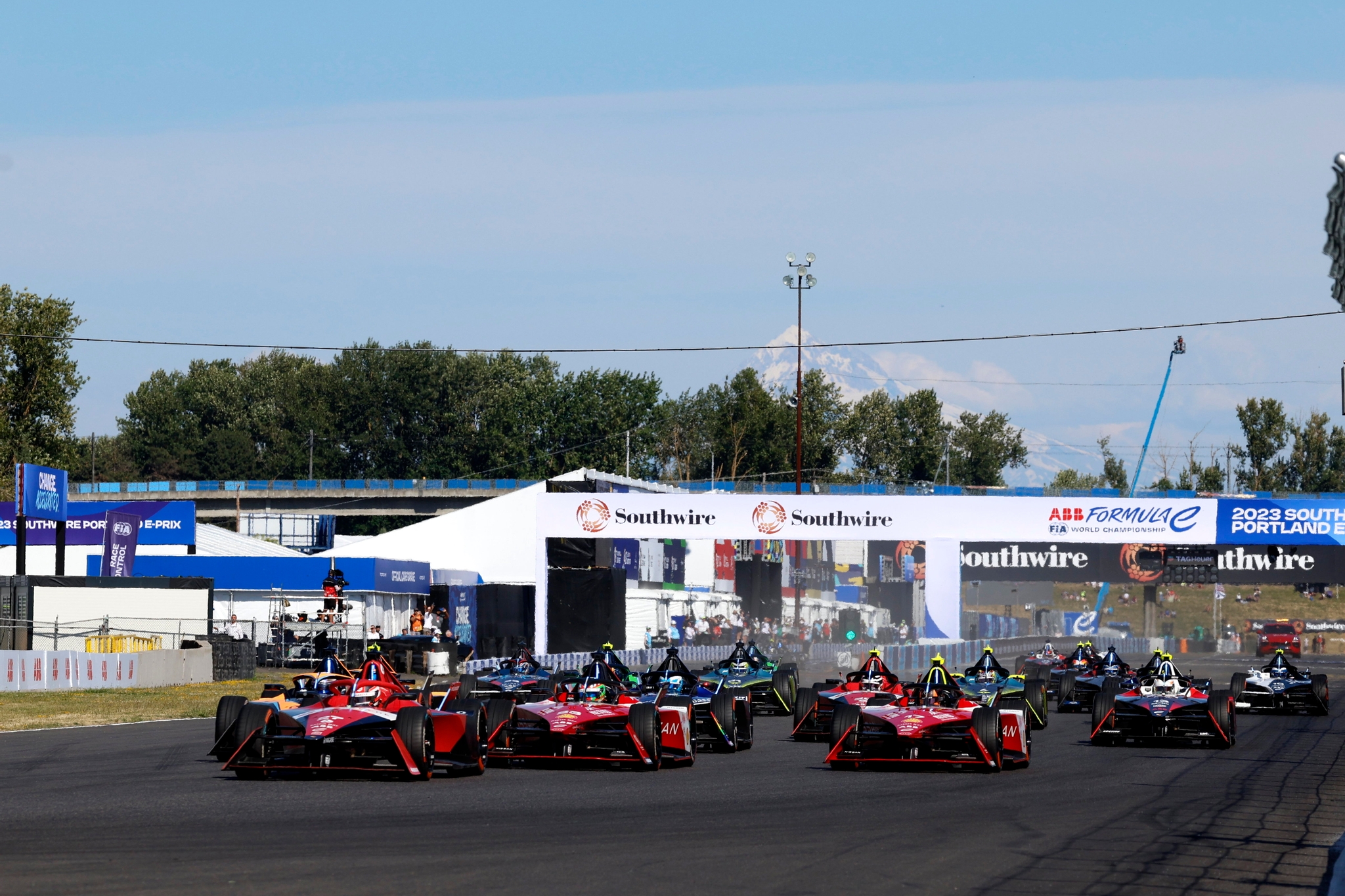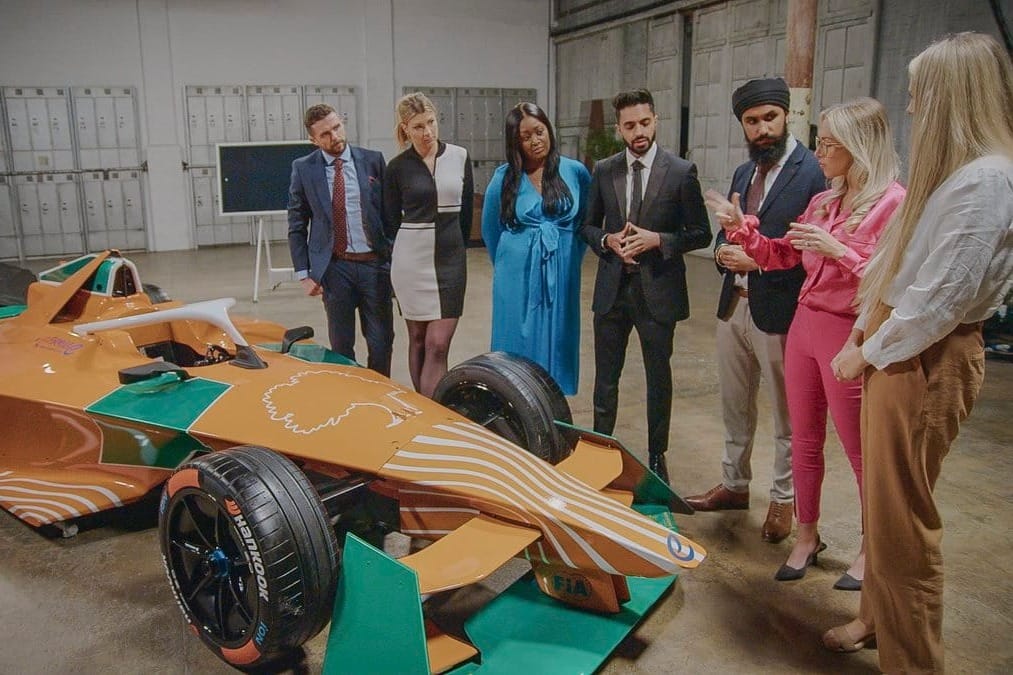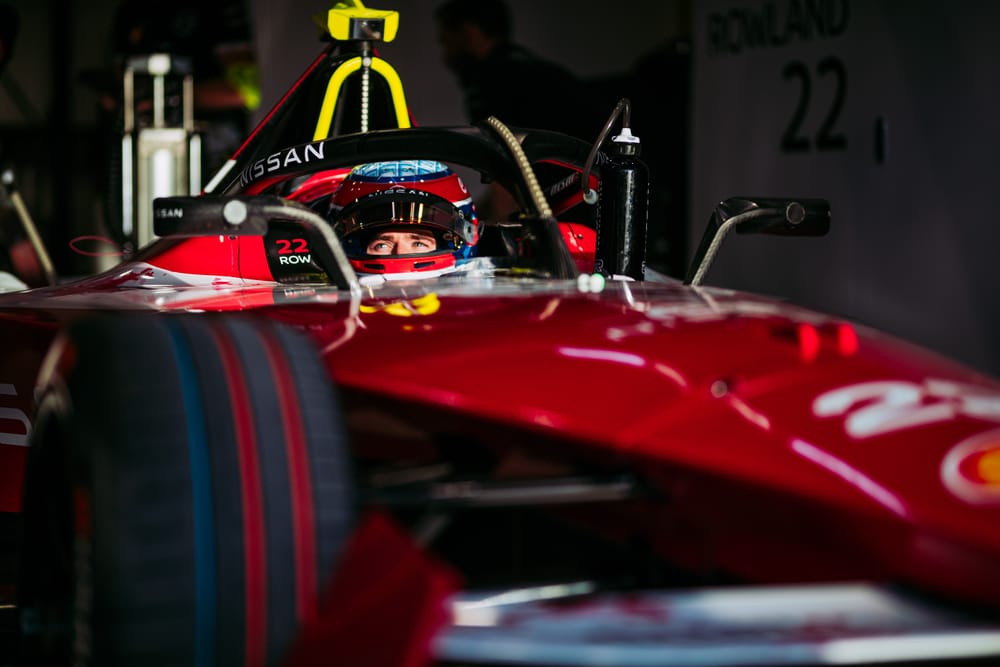Departing Nissan programme director Vincent Gaillardot was a veteran of motorsport even before he started to put his wide-ranging stamp on Formula E just over a decade ago.
An ever-present in the short history of Formula E, Gaillardot recently stepped away from the competitive element of it, leaving Nissan to instead take up a technical role at the FIA. That is where he will be a central pillar of the Gen4 era of the world championship over the next few years.
For now, though, he’s happy to look back at his time at the sharp end with The Race. It’s a story in which, first with first Renault in Gen1, and then Nissan over the last two technical rulesets, he gained the respect of the paddock as one of the best creative engineers in the series.
Among fellow technical directors, former and current heads of Formula E's competitors' body, and even ex-team principals - among them Allan McNish, with whom Gaillardot worked at the DAMS F3000 team back in 1990 - Gaillardot carries significant clout.
A long-time friend of current Ferrari team boss Fred Vasseur, Gaillardot had his interest piqued by Formula E when Renault got involved in the collation of the initial technical package for the first season in 2014-15.
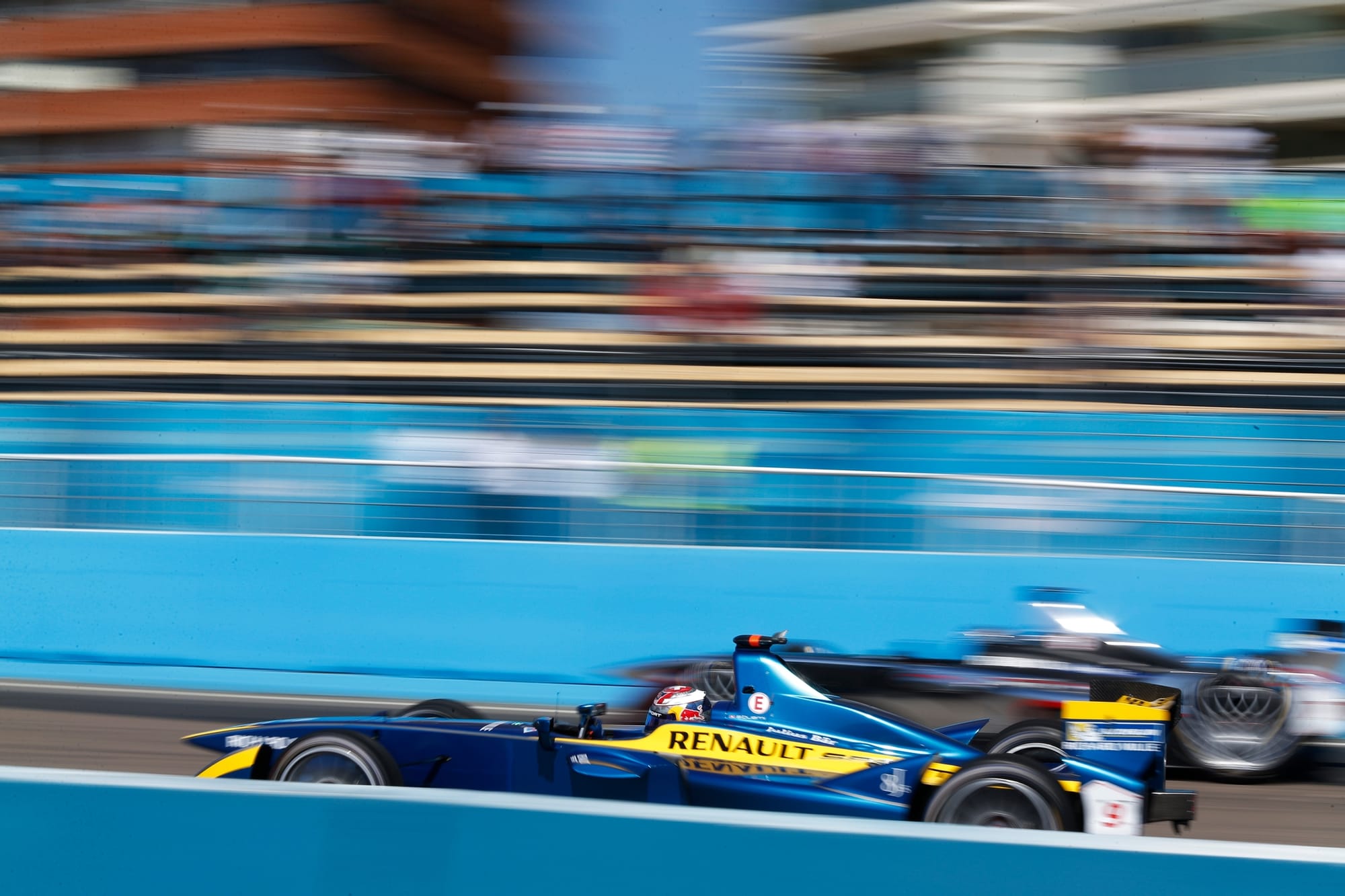
“In the beginning I was there to help them define the Formula E car as a first project,” says Gaillardot, from the Nissan office in Paris, which he vacated for one in Geneva last week.
What attracted him to Formula E and electric vehicle engineering was, in his words, “the fact that we were starting this project over from zero” and that he could also “understand the huge potential of where an electric racing series could go in a short space of time”.
It helped hugely that Gaillardot, pictured below, was in charge of the electrical department at Renault Sport back in 2013 when the first work started.
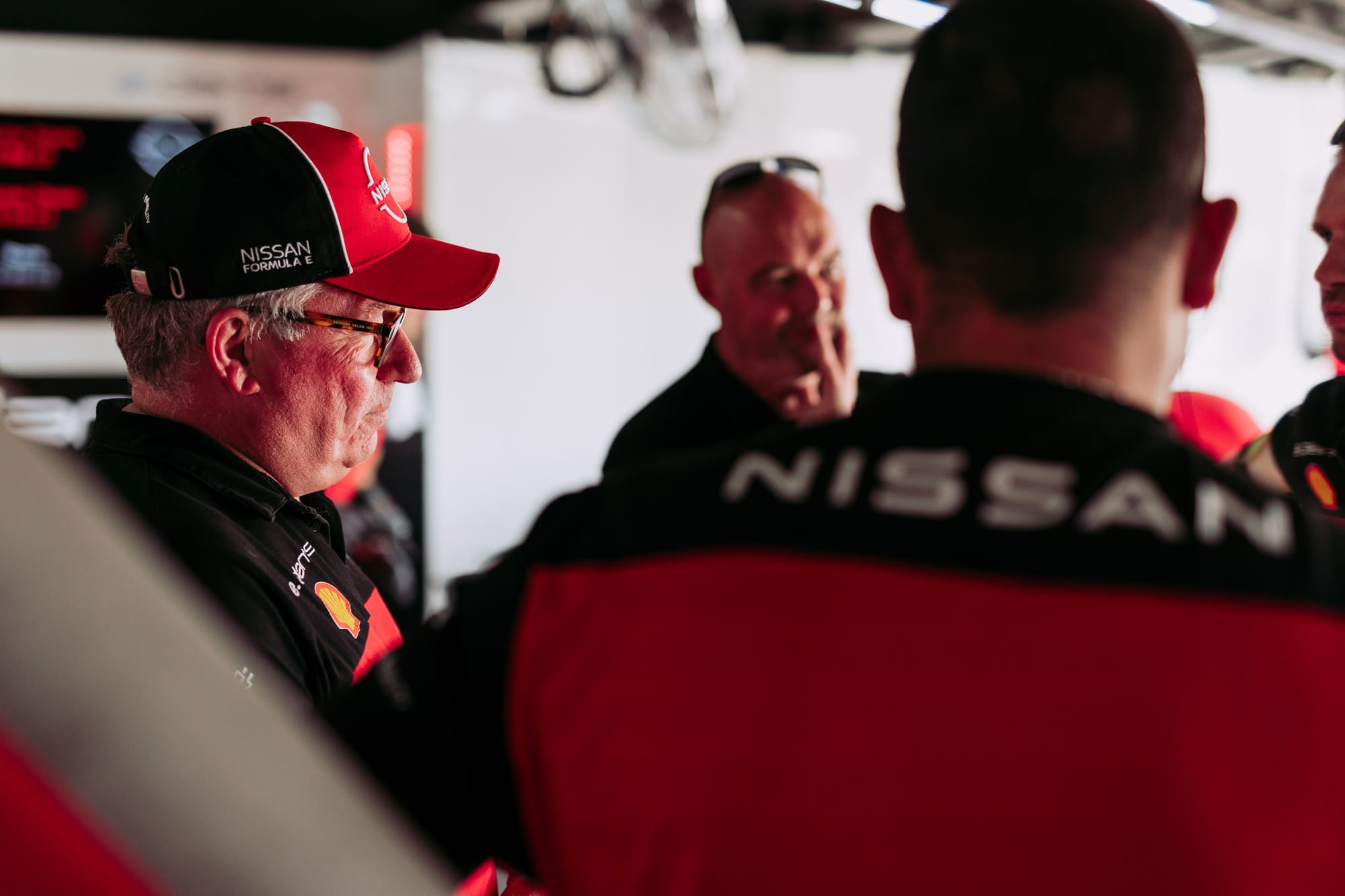
With a small team of just “four or five of us”, Gaillardot liaised with the FIA, chassis supplier Spark Racing Technologies and Formula E to help with the building up of the season one powertrain, which would be spec for the initial campaign.
While McLaren Applied Technologies provided the majority of the powertrain, and Williams Advanced Engineering famously stepped in last-minute to save the day on batteries, Renault Sport had an overarching view on how best to form a technical roadmap.
Renault's early dominance
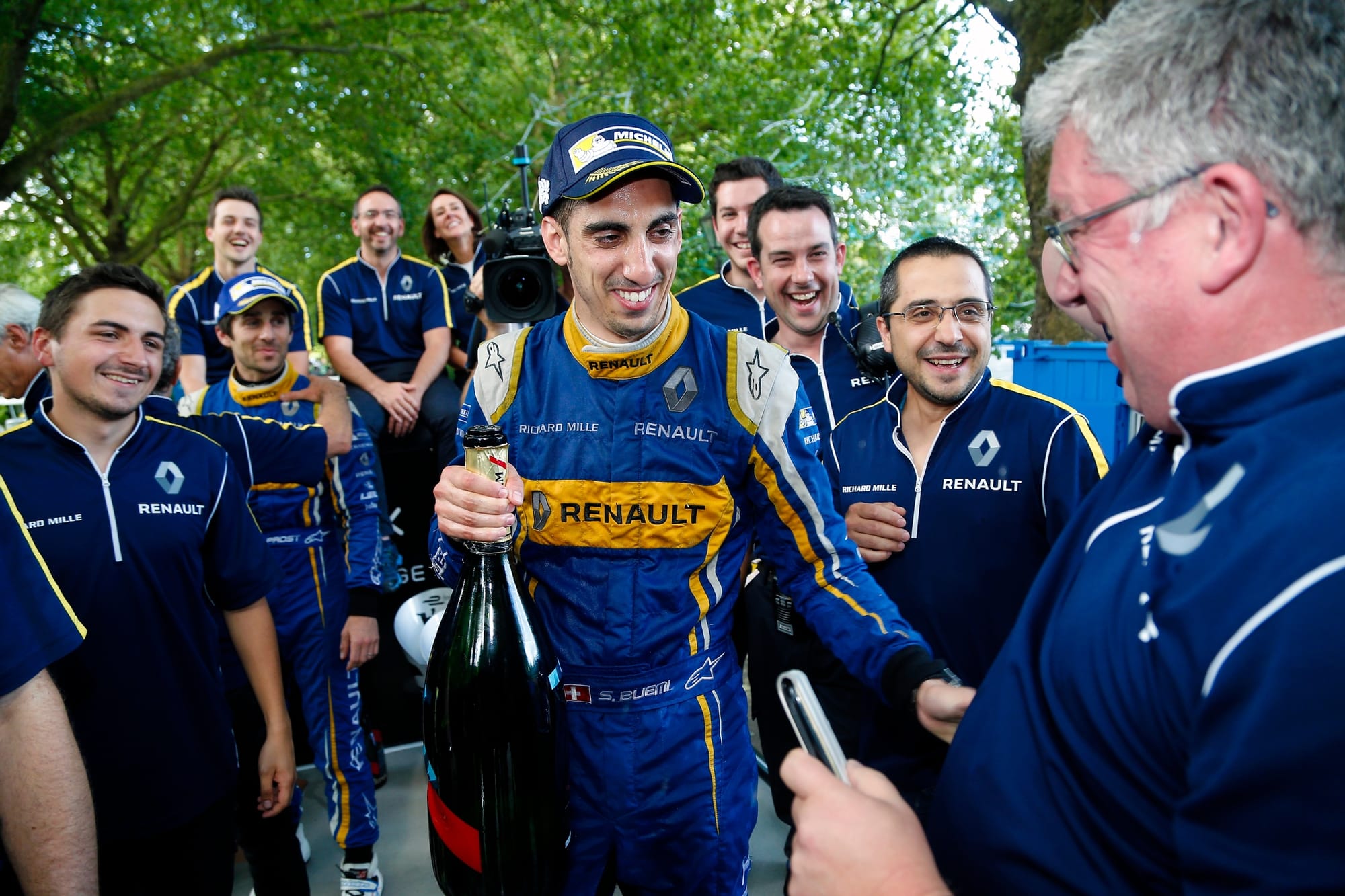
In charge of the electrical department at Renault Sport, a company he had enjoyed some of the most successful years of his career with when working with Damon Hill at Williams in 1994 and Michael Schumacher at Benetton in 1995, Gaillardot had been instrumental in the ERS system development in Formula 1 from the very beginning.
“This was my first step into the electrical world,” says Gaillardot. “So, a motorsport project with this technology was really the attractive factor because everything had to be proven from the start.
“The first thing we asked was: What can already be done for a motorsport application with the state of the electrical technology at that time?”
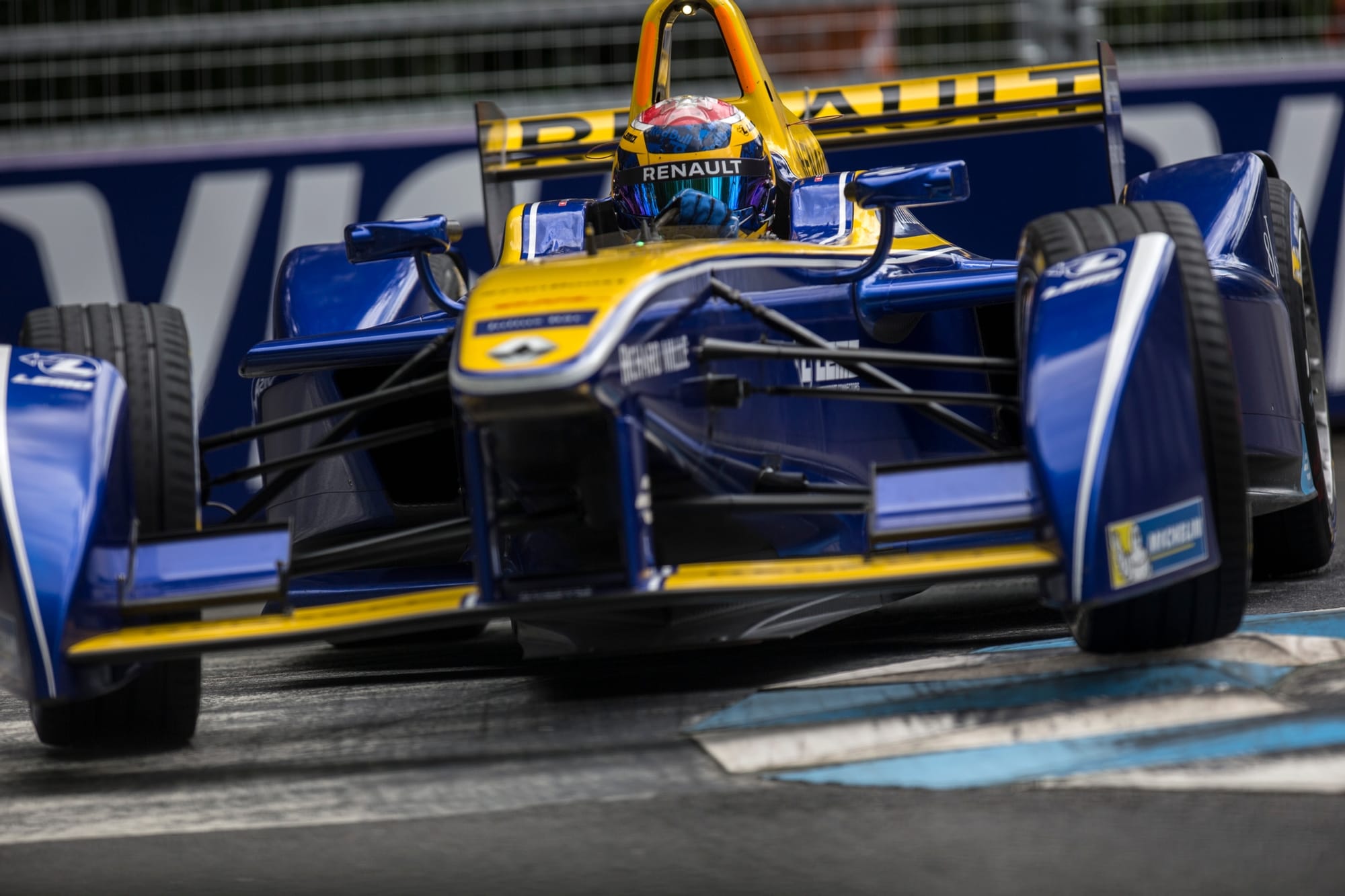
The answer was quite a bit, as Renault became the clear leader when powertrain design was opened up from a spec unit from the first to the second season.
“At that time there was a number of available applications and existing systems for motorsport applications but it was quite limited,” Gaillardot recalls. “The motor [in season one] was limited in performance and they had a three-gear gearbox because the torque was not high, so this was definitely the biggest challenge.”
But Gaillardot revolutionised the early pioneering days of Formula E when the Renault-powered e.dams team cleaned up at the first race of the 2015-16 season in Beijing, with Sebastien Buemi winning at a canter.
“This was where probably the series became much more evolved,” says Gaillardot.
“I think that the first thing that benefited us was the full commitment of Alain Prost and obviously Alain was a key player at that time with Renault and he was fully supporting the project.”
As well as the racing support from Renault, there was also political and marketing cooperation with Jerome Stoll, then the deputy general manager for performance, giving his unwavering support for the Renault e.dams programme.
“He really believed in electrical mobility, and Alain on the motorsport side was very important too. So, when you put together those two with Jean-Paul [Driot, the late founder of DAMS and its e.dams offshoot] you have something very strong indeed.”
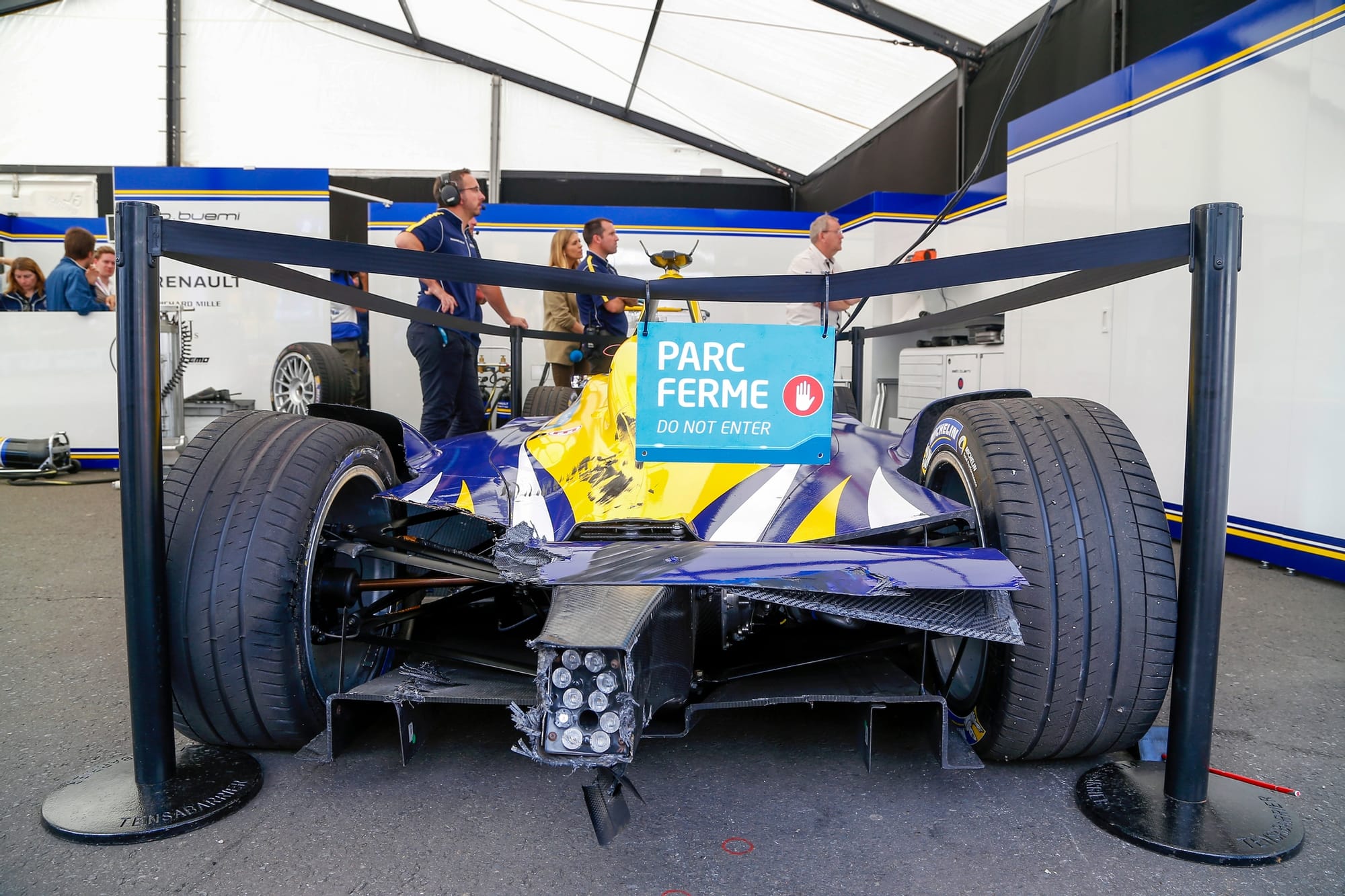
The title followed in July 2016 with a memorable day in Battersea Park, as Buemi took the title in a wild finale where he survived a Lucas di Grassi first-corner torpedo to take the title by a point thanks to a well-judged fastest lap.
The technical keys for Renault via Gaillardot and his team were having a zero-gear gearbox and developing a carbon gearbox with a motor attached. Gaillardot says of those early days that “the first challenge for everybody is to find what is the optimum Formula E car architecture”.
“You had to develop very quickly new possibilities to increase efficiency,” he adds. “This fighting on efficiency, for me was as challenging and as strong technically as [finding] the maximum power for F1 engines.”
Nissan's innovative powertrain
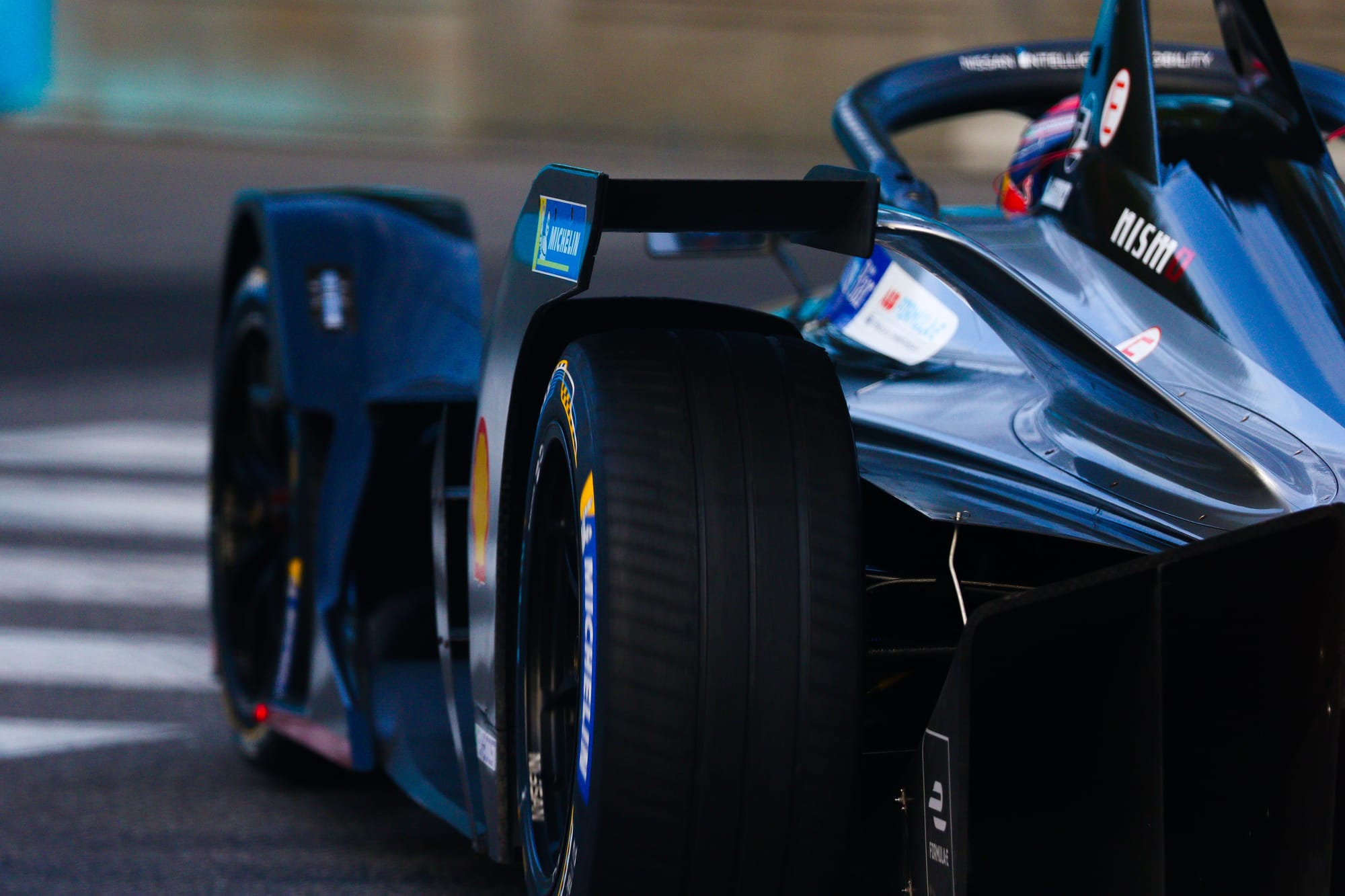
The first season of Gen2 in 2018-19 was a pivotal one for Gaillardot and the e.dams’ team. It was one that involved technical ingenuity, massive controversy, victory and then the devastating loss of its talisman and driving force, Jean-Paul Driot.
The Renault and Nissan alliance had decided to switch brand identity for the advent of the second Formula E ruleset and Gaillardot was retained to spearhead the technical package.
He came up with something special.
Although full details have never been publicly confirmed on how it precisely worked, it is strongly believed that Gaillardot and his team designed a twin-motor system that had a way of managing the electrical storage.
The solution is believed to have involved one larger motor that did the torque production, and a smaller one that on one hand used the torque upon acceleration but also had an energy recovery capability.
Upon accelerating, Buemi and Oliver Rowland had their twin-motors working in unison and geared to the differential.
When it worked, it worked extraordinarily well and took the drivers to five pole positions, but with it came uncertainty in how it drove at some of the gnarlier street circuits, particularly Santiago and Sanya. Buemi shunted at both.
In New York City, Buemi - who ended the season second in the points - triumphed easily but by this time the innovative system had been banned for the following season after aggressive lobbying by some of the other manufacturers.
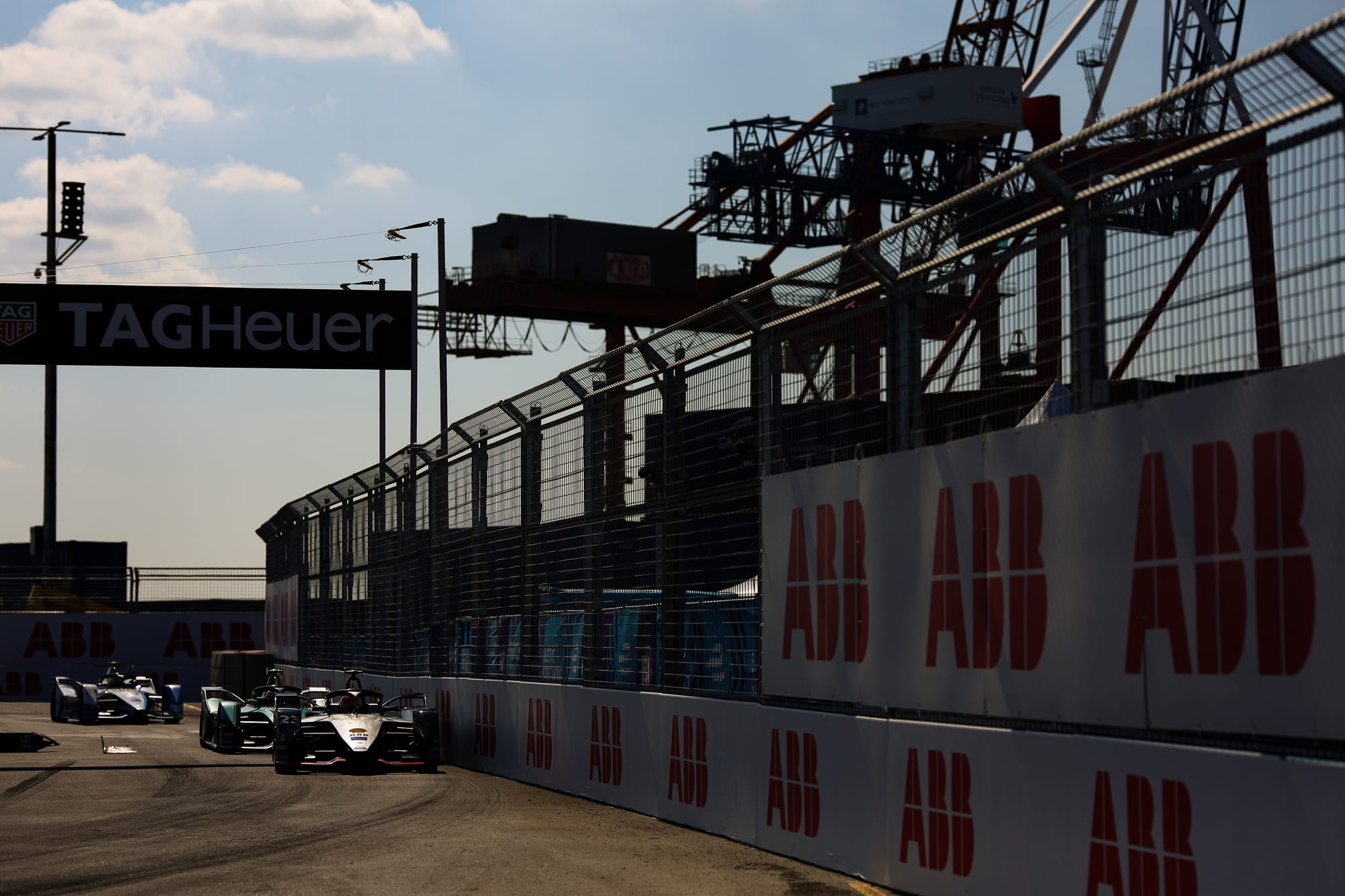
The Race understands that Mercedes had designed something similar but had elected and was preparing to debut it in its maiden season in 2019-20 before the FIA outlawed it.
That decision went down badly with Gaillardot and Driot, the latter of whom gave an impassioned and totally unforgettable press conference address in Bern just a few weeks before his death.
“In terms of regulation, if you refer to season five, and the challenge with a twin motor, the regulations were very open,” recalls Gaillardot.
“It was a really technical challenge, which obviously at that time we needed clarification from the FIA, and we thought we were on the right path and definitely we showed that, despite the technical challenge, it was quick.
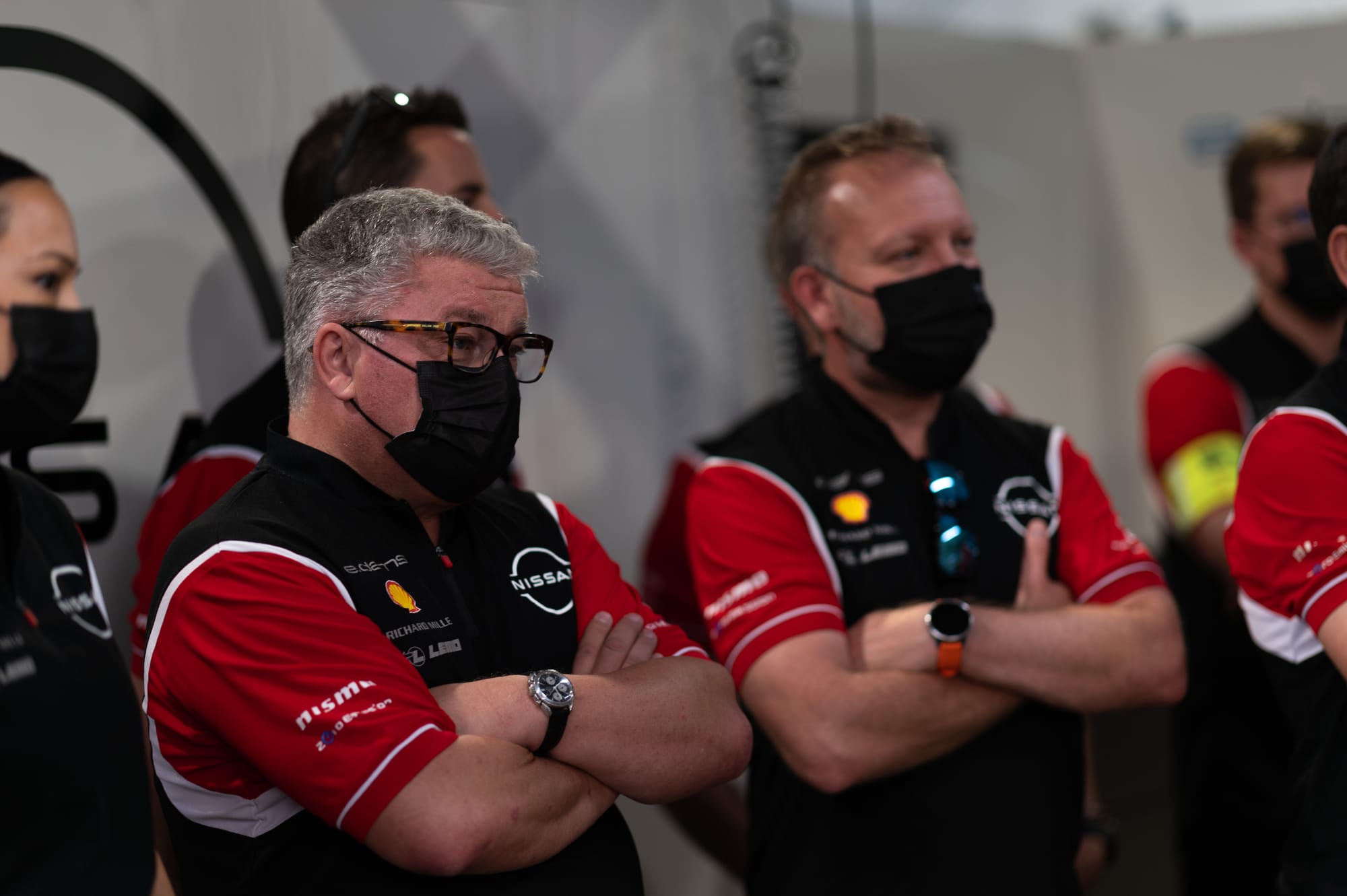
“We started to be competitive, maybe more than should have been and this is where the drama happened.
“The other manufacturers put a lot of pressure on the promoter of the series, because we might have killed the sport at one stage.
“I have to say it was impressive but this is where most of my frustration is because if it would have gone to the end, we could have shown something absolutely fantastic.”
Tracking this story was equally thrilling, with rival manufacturers lobbying this author as well as the FIA. The propaganda was intense and perhaps it was just a manifestation of Formula E growing up into a wonderland of political and regulatory in-fighting that so enraptures when manufacturers and some very clever people come into the same competitive arena.
What comes next
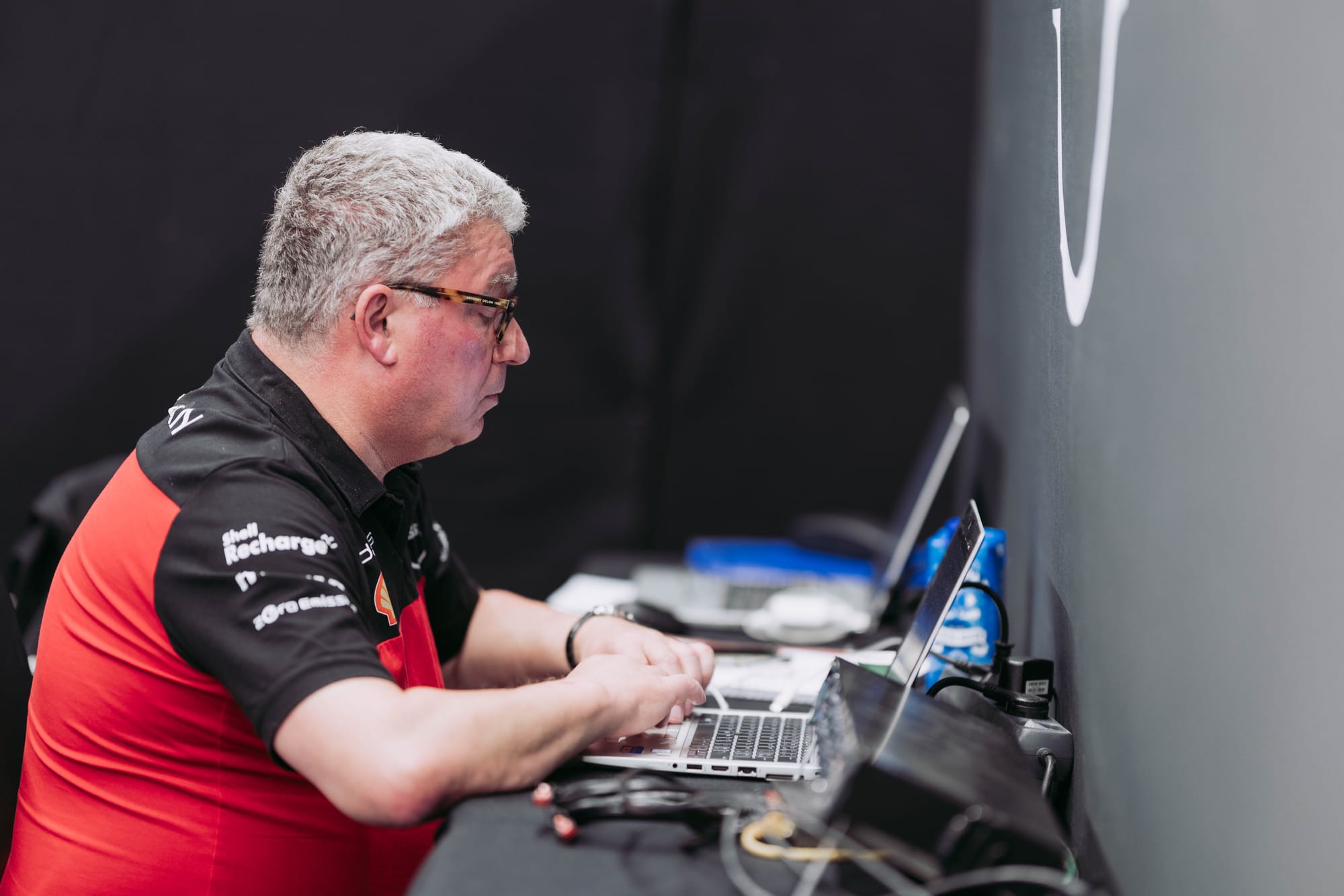
Gaillardot is already a week into his role at the FIA, where he will lead the Formula E technical team in future projects, including the much heralded Gen4 era.
It marks the first time in more than three and a half decades that he has relinquished the thirst of competitive motorsport, since he worked with Erik Comas in securing the 1988 French F3 title as his engineer.
“I will miss this competition,” he says unhesitatingly.
“Competition has been my focus and my objective for such a long time now. I'm 60, so younger people will do a good job I am sure.
“I have so much experience in the field and the arena, so I guess I bring a lot of things to the FIA at this level.
“I think for me it's the right time to share things at a different level and I can bring the series to possibly another step.
“It's a completely different role but I will give it my best.”


